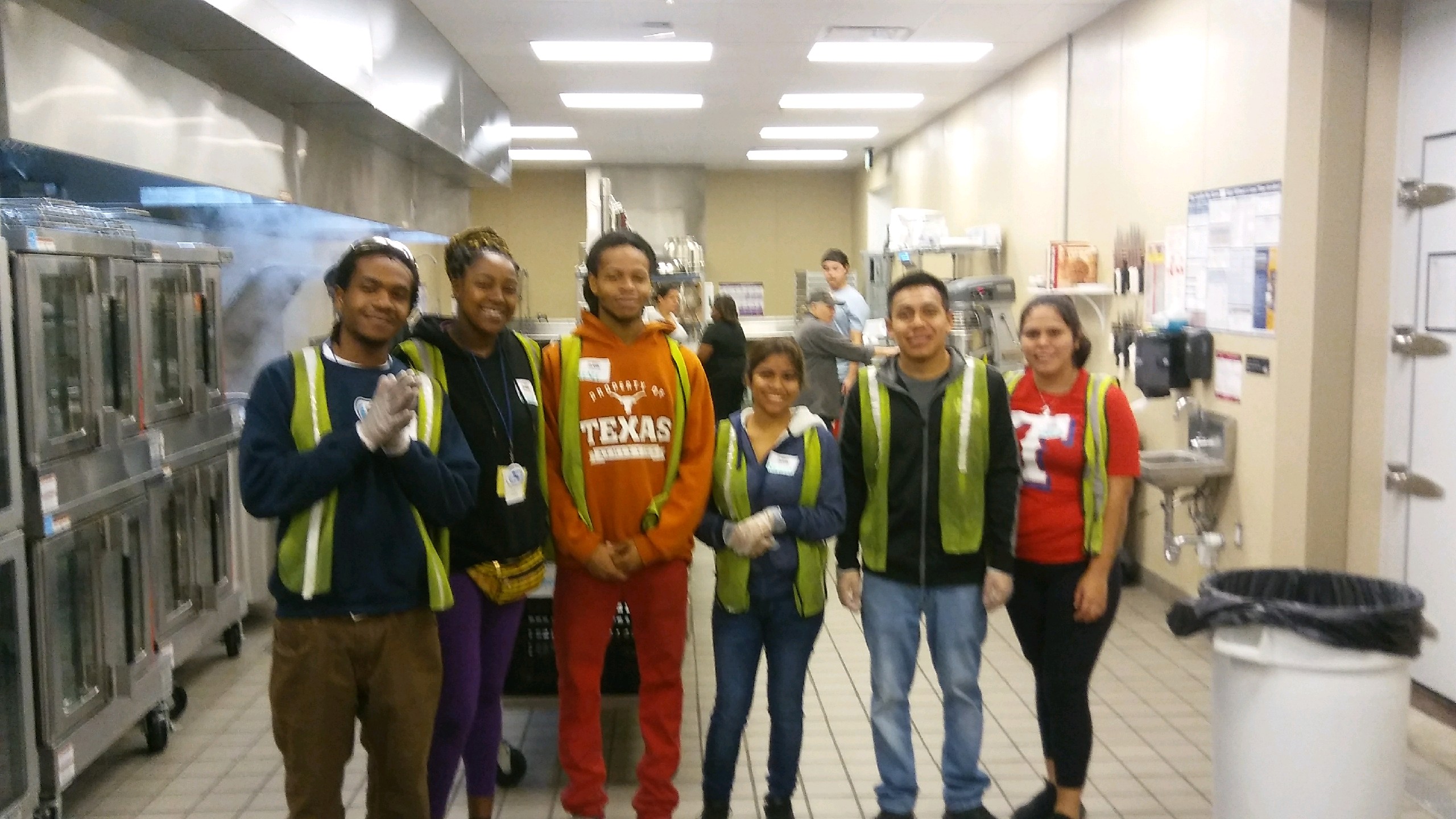Supply chains strive to find the most efficient solutions to problems. While this typically looks like cutting warehousing costs or finding cost-effective ways of providing same-day shipping, many efforts have started shifting toward sustainability.
Countless reasons to adopt a more sustainable supply chain exist, from taking advantage of government benefits to committing to a mission that speaks to your customers. Of course, the main obstacle to implementing these changes is the associated cost.
But cost efficiency and sustainability aren’t mutually exclusive. In reality, you can promote both with certain simple and easy changes.
Some of Hollingsworth’s supply chain experts weighed in and offered their best practices for creating an eco-friendly, sustainable supply chain. Here are their tips.

Invest in LED Lighting
Lighting may be more of a necessity in warehouses than most other environments. Each year, an estimated 95 million workdays are lost to accidents. Between the large machinery and heavy goods being handled, warehouses need the best lighting possible to stay safe for workers.
Fortunately, the most effective lighting option is also the most sustainable and cost-efficient.
When compared to traditional incandescent lights, LED lighting:
- Uses 75% less energy
- Lasts 25 times longer
- Produces more light
No matter how you approach the issue, LED lighting is the top option. That’s why Hollingsworth has already implemented LED lighting in over 65% of our warehouses.

Commit to Local Sustainability
Finding ways to make warehouses and transportation more sustainable is excellent, but businesses should always remember that they’re a part of the community.
Companies should actively find ways to give back to the community, whether that be through volunteering or donations. We know that our employees and workers care about their community, and we make efforts to give back.
Because supply chain businesses like Hollingsworth are spread around the nation, picking a community service project that promotes sustainability can be tricky. Projects should be conceptualized by local leaders in both their work and community.
If you aren’t sure where to start, get in contact with an organization that’s dedicated to pushing greener practices.

Hollingsworth staffers volunteer regularly with local food banks, schools and other organizations that help those in need.

Recycle Corrugated Material
Corrugated materials, such as cardboard boxes, can be difficult to decompose. That’s why Hollingsworth recycles 100% of its corrugated materials back to regional paper mills.
Recycling corrugated materials is one of the easiest and most sustainable practices a shipping and distribution company can perform. Once boxes have served their purpose, 48% of the material can be reused to produce new corrugated boxes.
This sustainable practice can also help keep costs low. The more corrugated materials given to paper mills, the fewer raw materials needed to produce new boxes. This keeps their operating costs low, and it could lead to lower costs for new corrugated products.
While corrugated materials currently have a 93% recovery rate, any boxes that are given back to paper mills will further drive the costs of new boxes down. Low corrugated material costs mean lower operating costs, something that Hollingsworth, our partners, and their customers appreciate.

Cut Out Landfills
Going green is a commitment, but once you find a way to minimize your footprint, maintaining eco-friendliness becomes easier. At the Modular Automotive Services division of Hollingsworth, landfills have been cut out entirely for the past four years.
The key to cutting out landfills is recycling. Beyond corrugated materials, all plastics and office paper should be recycled. While Hollingsworth currently recycles most of these materials, not every business is as diligent. In 2016, only 14.6% of recyclable plastic was recovered, far lower than what should be acceptable.
Hollingsworth has committed to recycling, and in 2016, we recycled over 817 tons of materials. This reduced our potential landfill use by 2,778 yards. That’s a massive number, and we’re only one logistics company. For our efforts, Federal International presented us with a recycling award.
Along with recycling, businesses can reduce waste by making smarter purchases. For example, the long life of LED light bulbs will decrease light bulb waste.
Most sustainable best practices will have multiple positive impacts, both on the environment and your bottom line.

Maintain Sustainability Through SAP ERP
Waste can be costly, and Hollingsworth’s SAP Enterprise Resource Planning (ERP) capabilities work to reduce waste. This drives sustainability while also cutting costs.
When planning where to store goods for customers, we choose a location that makes the most sense based on the goods you’re shipping and where you’re having them shipped. Our goal is to minimize the time and distance that transportation takes. Not only is the energy needed to power fleets costly, but customers enjoy speedy deliveries.
But minimizing shipping is also sustainable.
Another area that SAP ERP can reduce both costs and environmental impact is in the warehouse. Goods are stored in such a way that they need to move the minimum distance possible when entering and exiting the warehouse. This practice saves time, energy, and fuel.

Reduce Paper Consumption Through RF & RFID Technology
Many of our operations have employed the RF and RFID technologies in order to go paperless. This has created more sustainability in multiple areas of SCM, from receiving and quality, to picking and dock auditing.

Set clear goals
If you want to eliminate corrugated waste by recycling, then make sure that everyone understands the goal.

Commit your resources
Time, people, money, and physical resources are required to change your sustainability habits. But you won’t be able to achieve your goals if you aren’t willing to commit the necessary resources.

Choose a sustainable supply chain provider
If you’re sourcing materials or delivering products, you can make your sustainability goals easier if you choose an eco-friendly logistics partner. Find a 3PL that prioritizes recyclable goods, or one that can deliver eco-friendly materials to your business in a cost-effective way. Your 3PL could also help drive your sustainability by minimizing your indirect impact. A logistics partner that packages efficiently wastes less, and those saved costs directly impact your business.

Show off your success
Be proud of what you’re accomplishing! Show your workers that their efforts to be more sustainable were worth it. Make it clear that other businesses can become more sustainable, too.




